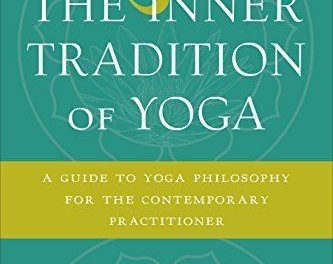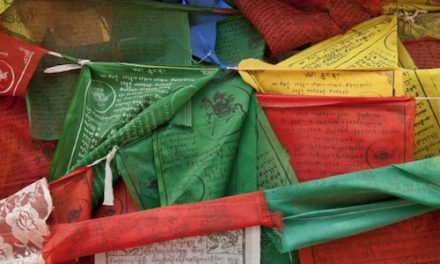By Daniel Scharpenburg
Camping makes me think of Zen hermits.
I sometimes go and live in a tent for a while. If people are around, they come talk to me. If no one is around, then I spend time with the trees and the grass.
There’s a tradition, especially in China, of Buddhist teachers disappearing into the wilderness. These figures would disappear from society and go live in a cave or a tent or a hut and that’s where they would stay. They would give teachings to potential students who came to visit them. Or, if no one came to visit they would just give teachings to the trees and grass, to the animals and the moon.
Famously, Bodhidharma went and lived in a cave for nine years.
The Sixth Patriarch Huineng—just after he received Dharma Transmission—went to live alone in the woods for a while before he began teaching too.
This tradition also exists outside of the Zen lineage. There are Theravada teachers in places like Thailand who went to live in the forest instead of staying in Buddhist temples. There was a big tradition in Tibetan monks leaving to become forest and mountain yogis for part of their lives.
I could write about many different Buddhist teachers, but I’m going to center on one. His name was Han Shan, which means ‘Cold Mountain.’ That’s not his birth name. In that period it was normal for some Buddhist monks to take the name of the place where they lived, and he lived on a place called Cold Mountain in China, the 700s. We don’t know much about him, but what we do know is an interesting story.
(Note: There is another monk named Han Shan who lived centuries later. These two figures are both interesting and can sometimes get confused. I may write about the other one at a later time.)
Han Shan was a government bureaucrat during the Tang dynasty in China. In that period being a bureaucrat was considered one of the highest professions that one could aspire to. There was a rebellion and he decided to leave. I wonder if the pressure of his job during a tumultuous time was too much—who knows? He went, taking nothing with him, and traveled to the cold mountains, where he decided to live.
He became a hermit and a poet. He would write poetry on rocks and on cave walls—mainly things about nature, such as:
“The path to Han-shan’s place is laughable,
A path, but no sign of cart or horse.
Converging gorges – hard to trace their twists
Jumbled cliffs – unbelievably rugged.
A thousand grasses bend with dew,
A hill of pines hums in the wind.
And now I’ve lost the shortcut home,
Body asking shadow, how do you keep up?”
And this:
“There is a Precious Mountain
Even the Seven Treasures cannot compare
A cold moon rises through the pines
Layer upon layer of bright clouds
How many towering peaks?
How many wandering miles?
The valley streams run clear
Happiness forever! “
His poetry has been studied in much the same way that Zen Koans are studied. He was considered a crazy person by the locals, a wild eccentric, and sometimes spent times living in huts and caves around the mountain. And sometimes he just slept outside.
He was considered an oddball by most, not someone that anyone could really learn teachings from. Eventually he got a student anyway, a man named Shih-Te who went and lived with him. And they traveled around together, just living in the woods, teaching the Dharma to the sun and the moon.
Not much is known about Han Shan because that is his whole story. Over 100 poems were found in various places around Cold Mountain, written in cave walls, carved into trees and written on rocks. People collected them and copied them and they’ve been studied for many years.
His poetry served as the main inspiration for the American poets Gary Snyder and Jack Kerouac.
No one really knows what became of Han Shan and his student Shih-Te, but it’s said that they became mythic figures even during their lives. There were those that said that Han Shan was an incarnation of Manjushri, the Bodhisattva of Wisdom and his student Shih-Te was an incarnation of Samantabhadra, the Bodhisattva of Practice.
The tradition of Zen hermits is not the same as it once was. People are less inclined to leave the world behind for a while and be alone in the woods or on mountains. But there are still those that do it.
There’s also a tradition of Zen poetry that was probably in no small part inspired by Han Shan. I wish I were a poet, but I’m not. Zen essays have to be enough for me.
I wonder if I could write this on a cave wall.
Photo: (wikipedia)
Editor: Dana Gornall
Did you like this post? You might also like:
Comments
- Review of The Power of Mind: A Tibetan Monk’s Guide to Finding Freedom in Every Challenge {Book Review} - August 23, 2022
- The Path to Peace: A Buddhist Guide to Cultivating Loving Kindness by Ayya Khema {Book Review} - July 21, 2022
- That is Not Your Mind! Zen Reflections on the Surangama Sutra {Book Review} - July 16, 2022






Thankyou!!